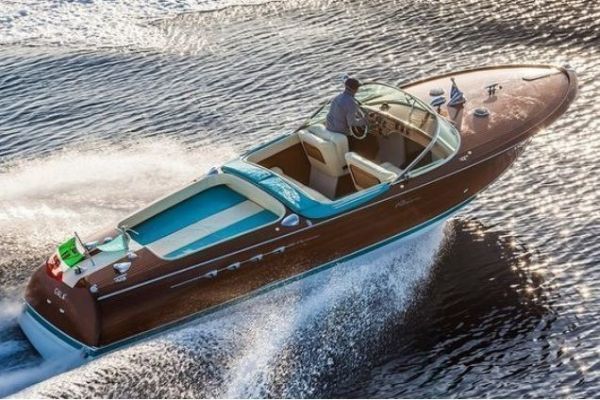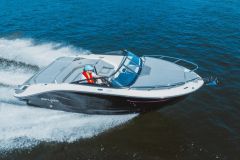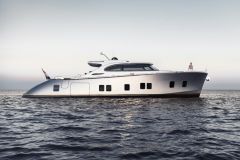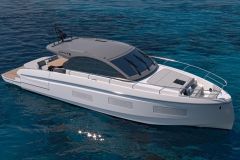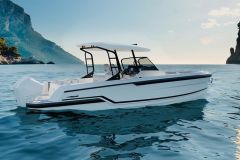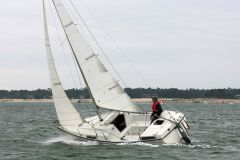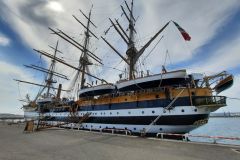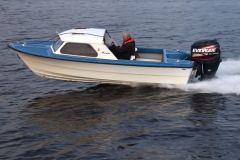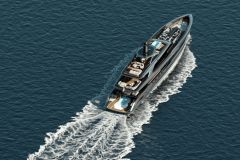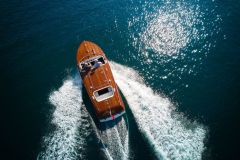A family business
Founded in 1842 on the shores of Lake Iseo in Lombardy, the Riva shipyard originally built small fishing boats. Managed by Pietro Riva, then a young carpenter, the yard prospered and soon began building passenger boats and freighters on the lake.
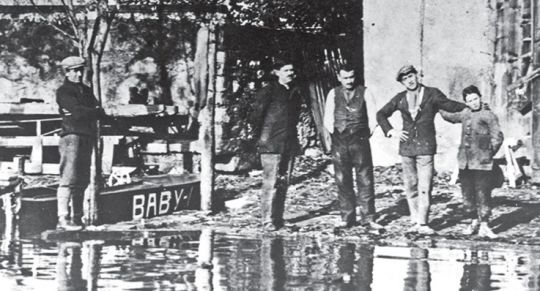
After the First World War, the shipyard abandoned the world of fishing to specialize in motorboat racing boats. The small Italian shipyard won records and victories in local and international competitions. The Second World War brought pleasure boat production to a halt.
Carlo Riva, the visionary
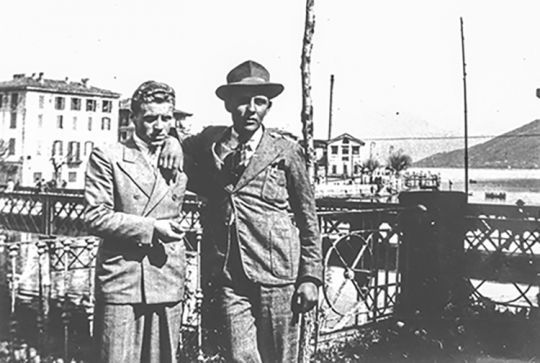
After the end of the war, Carlo Riva took over the management of the family shipyard. In the early '50s, the young manager made a trip to the United States. He closely observed American runabouts in the Great Lakes region. Interested in Chris Craft and Hacker Craft, he returned to the yard with the firm intention of launching his own models.
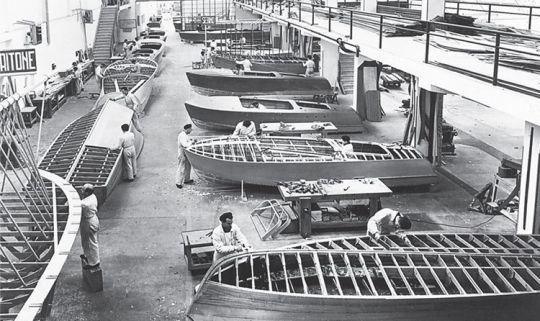
Taking advantage of Italy's post-war boom, and inspired by the success of his compatriots Enzo Ferrari and Ettore Bugatti, Carlo Riva embarked on series production.
Mahogany and big bore
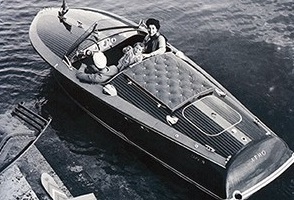
True to his expertise in wood construction, Carlo Riva joined forces with architect Giorgio Barilani in 1956. Luxury, speed and aesthetics are the watchwords of the shipyard. Carlo successively launched the Corsaro, Ariston, Tritone, Sebino and Florida.
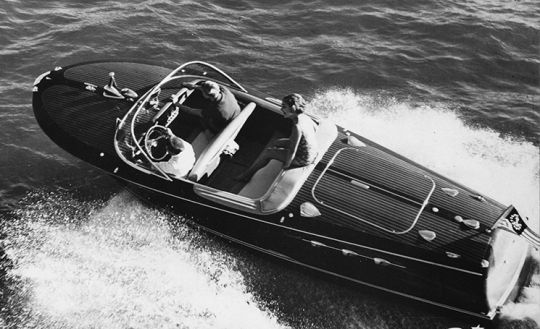
All these models are built in mahogany, and covered with some twenty coats of varnish. Like his American rivals, Carlo Riva powered his models with large displacement engines, preferably V8s.
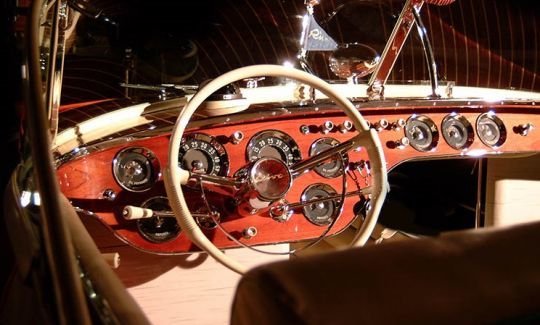
The cavernous sound of this noble motorization, combined with the Cadillac windscreen and white or turquoise leather bench seats, gave the shipyard a good reputation among the Mediterranean elite.
Riva Aquarama: the legend
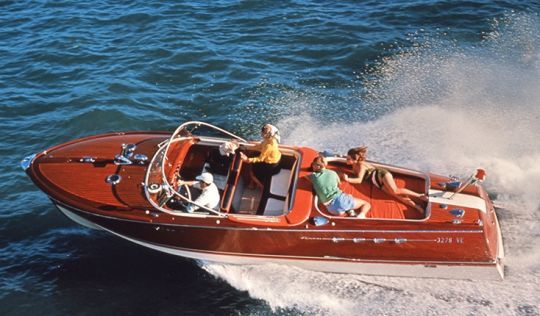
Launched in 1962, the Riva Aquarama is the shipyard's most symbolic model. With a length of 8m and powered by a twin engine ranging from 350 to 700 hp, she is capable of exceeding 40 knots.
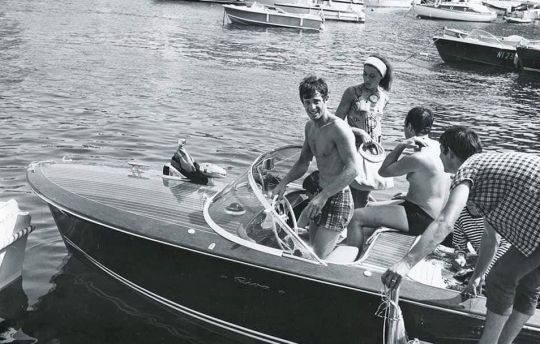
From Brigitte Bardot to Jean-Paul Belmondo, James Bond to Sophia Lorren, the Aquarama has seduced many actors and appeared in numerous films.

Produced in 784 examples between 1962 and 1996, it is now highly prized on the second-hand market, sometimes selling for close to 1 million euros.
A few appearances in motorboat races
During the inter-war period, the Riva shipyard distinguished itself by producing small, fast boats that won several in-shores races.
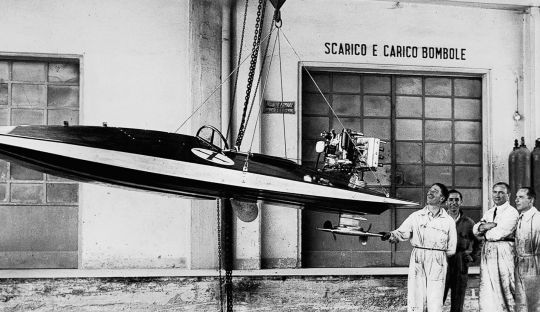
Riva also made a name for itself in ocean racing, winning the London-Monaco race in 1970. This 2650-mile race, contested over 14 legs, was won by a modified Aquarama, christened Zoom.
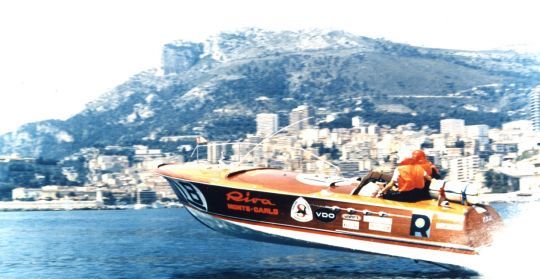
The cockpit has been moved back to accommodate a larger fuel tank, to increase the range required for ocean cruising. Total power was increased to 700 hp, and the overall structure was reinforced. Despite numerous electrical problems and fuel leaks, making it a real floating bomb, the Zoom won this endurance race after 14 days of sailing.
A taste for bold infrastructure

Designed by Carlo Riva himself, the Sernico construction site is an architectural masterpiece. Nicknamed "La Plancia", meaning the footbridge, it is listed and protected by the Italian Heritage Board.
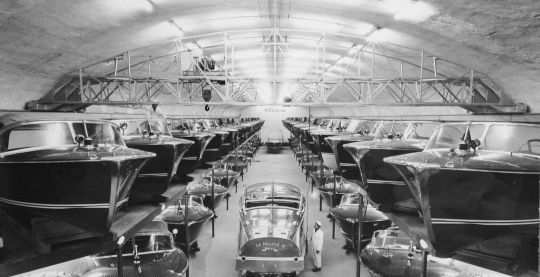
In 1959, Carlo Riva was looking to establish himself in Monaco. He convinced Prince Renier to dig a 110-metre-long tunnel under the Monegasque palace to store and maintain Rivas during the winter. This Riva tunnel is still in use today, housing over 200 units.
A turning point in production
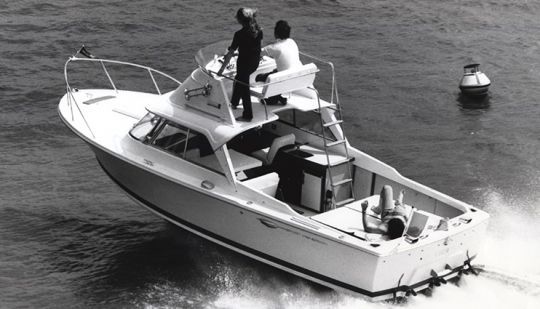
In 1969, the shipyard began producing fiberglass hulls. Easier to work with, this material, used by all shipyards, enabled Riva to face up to growing competition. Riva launches the Bahia Mar 20 day cruiser and the Sport Fisherman 25 cabin cruiser. Both models were a great commercial success, but Carlo Riva continued to produce wooden models.
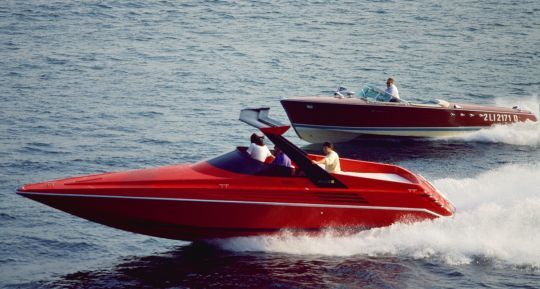
After producing over 4,000 units, Carlo Riva sold his shipyard to the American firm Whittaker, then appointed his brother-in-law Gino Gervasoni as CEO in 1971. Gervasoni left the yard in 1989, marking the end of the Riva family within the company.
Industrialization in the yachting market
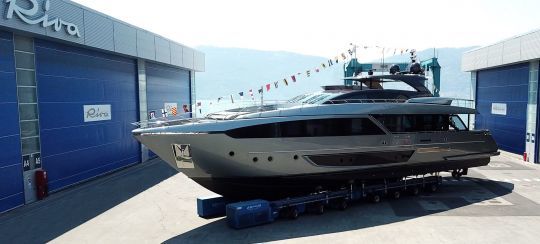
Taken over by the Ferretti Group in 2000, the Riva shipyard focused on the yachting market. Taking advantage of the group's knowledge to develop its production facilities, Riva has moved up a notch in the production of large boats with top-of-the-range features. Offering a range of opens, sportflys and flybridges from 8 to 50 meters, production is spread over two sites in Italy.
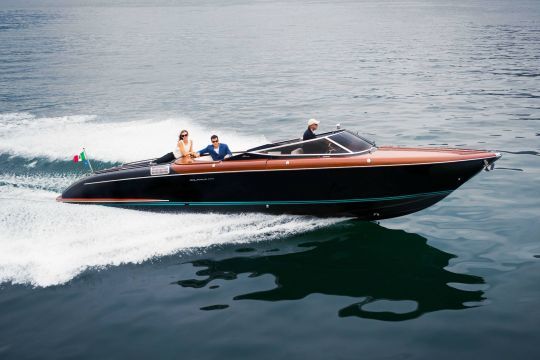

 /
/ 